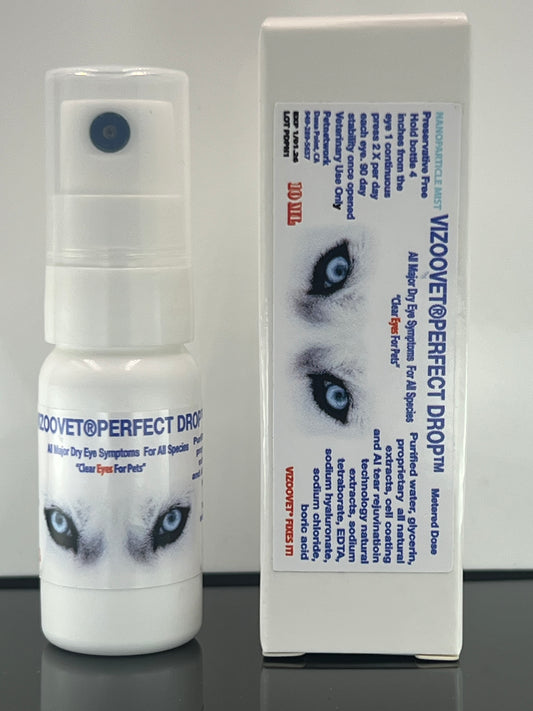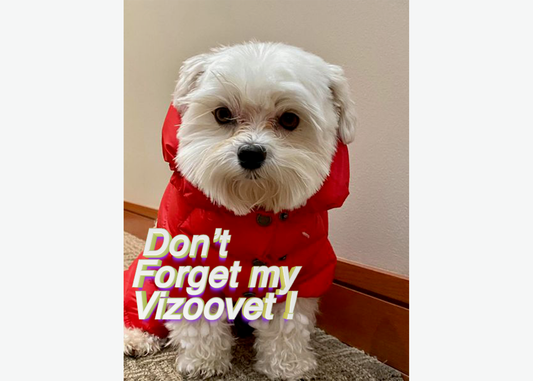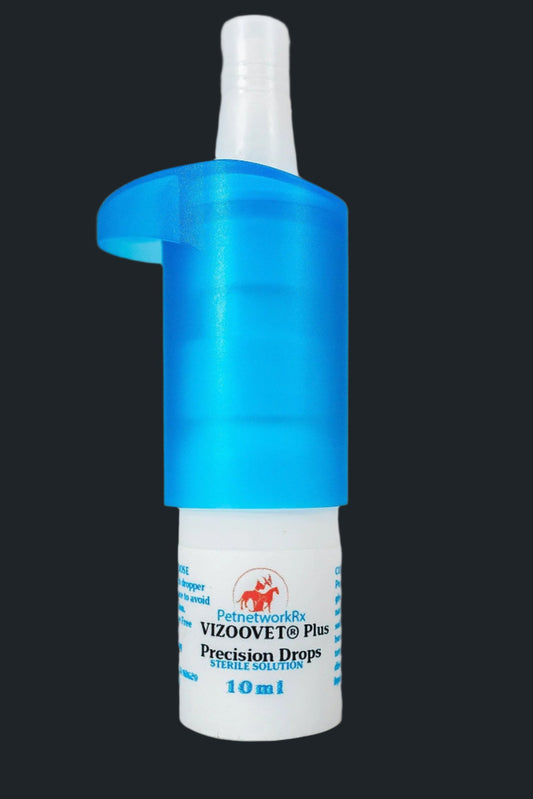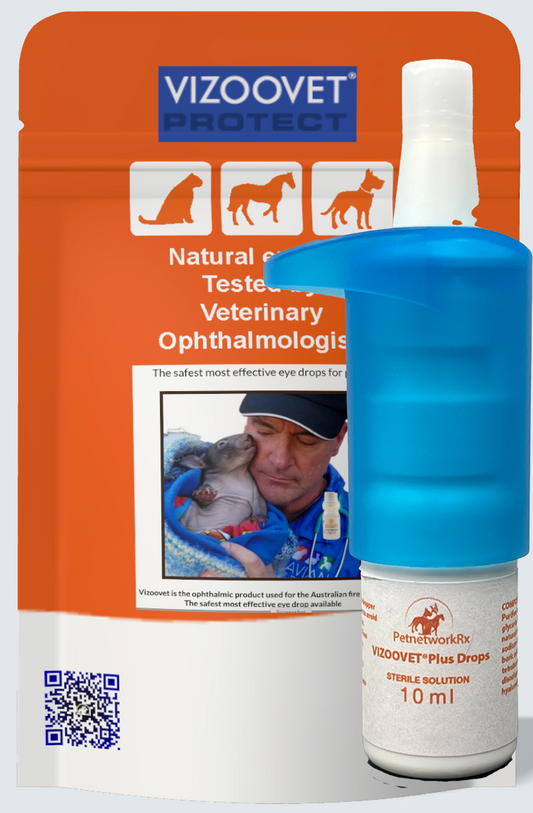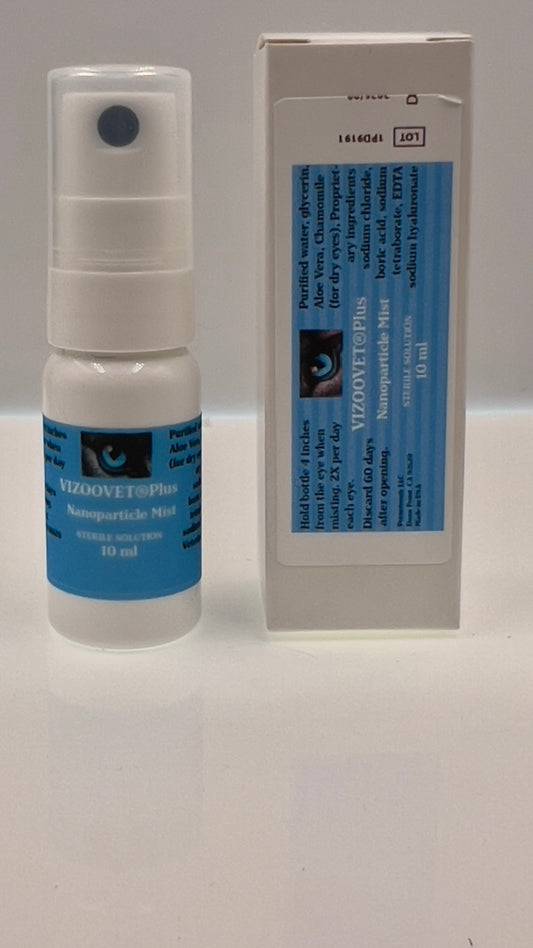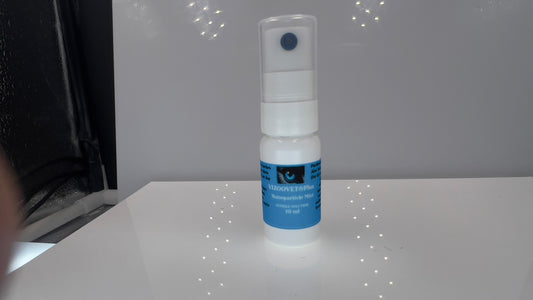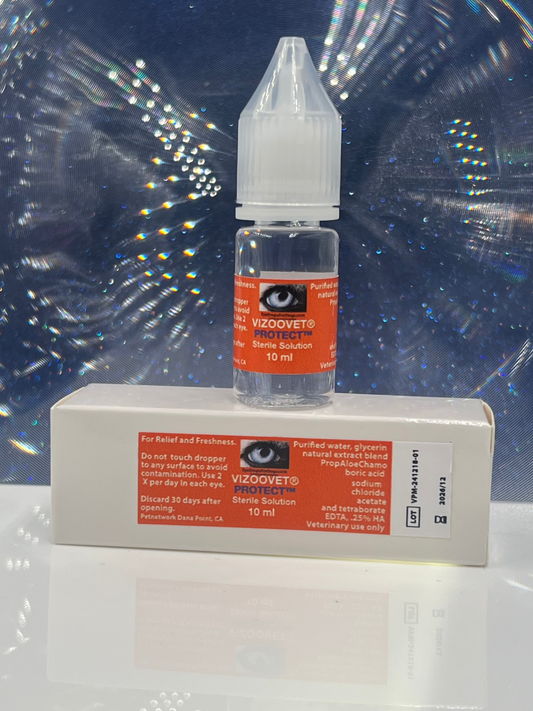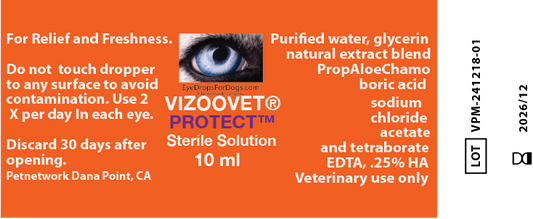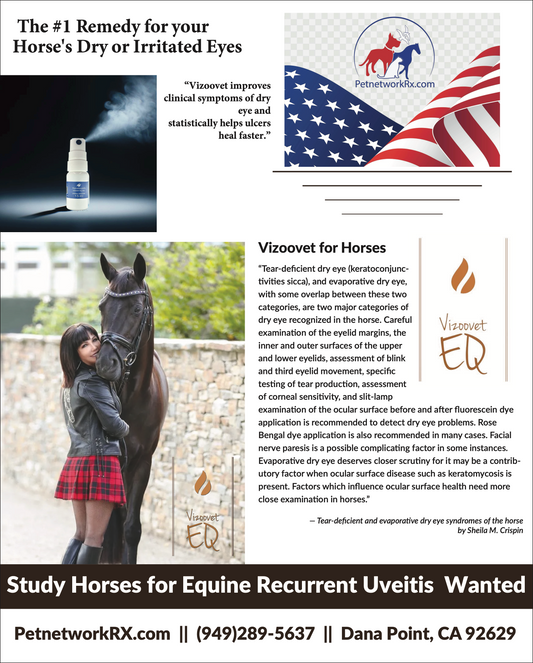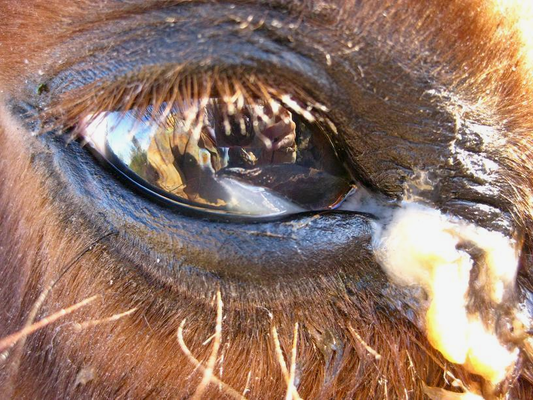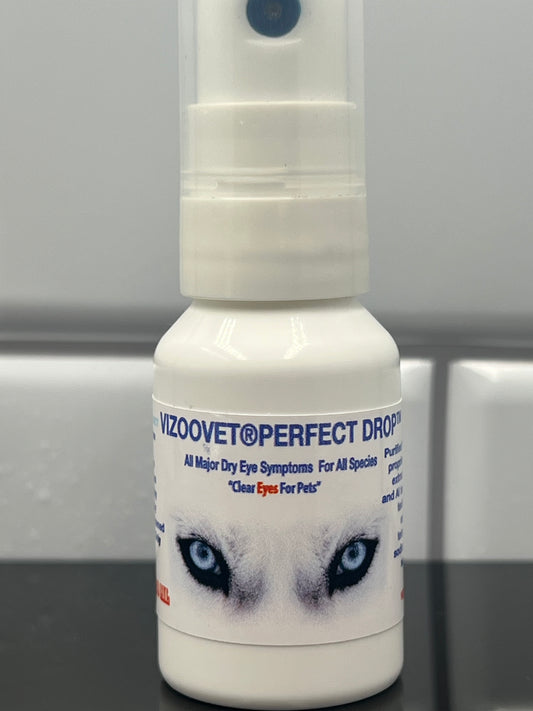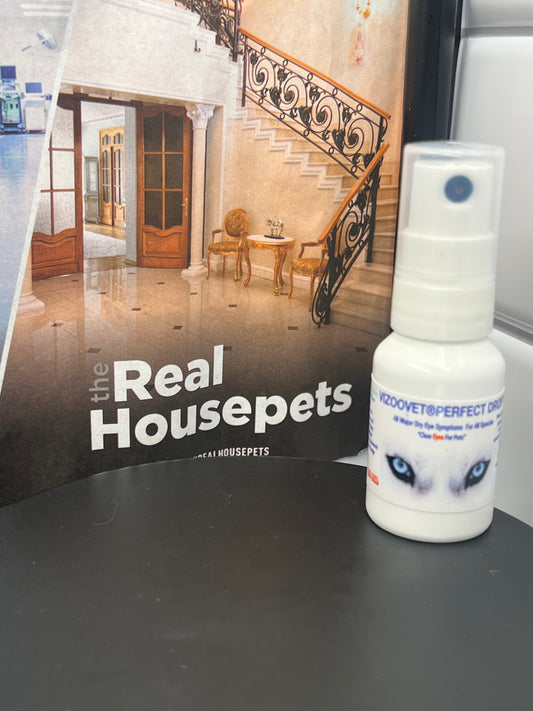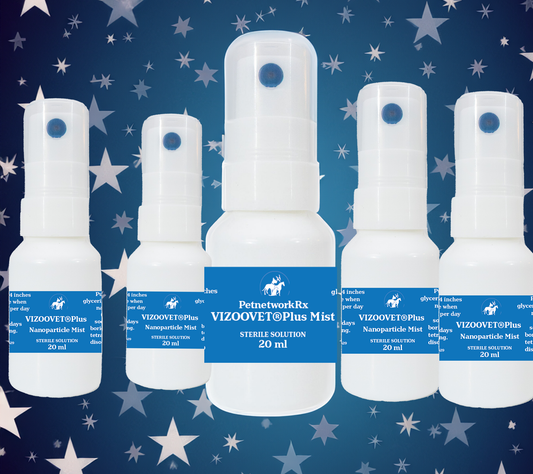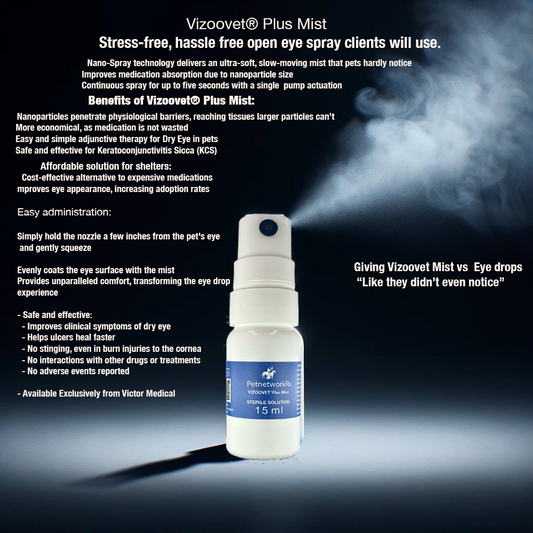Ophthalmologist and Dermatologist Tested Therapies for Pets
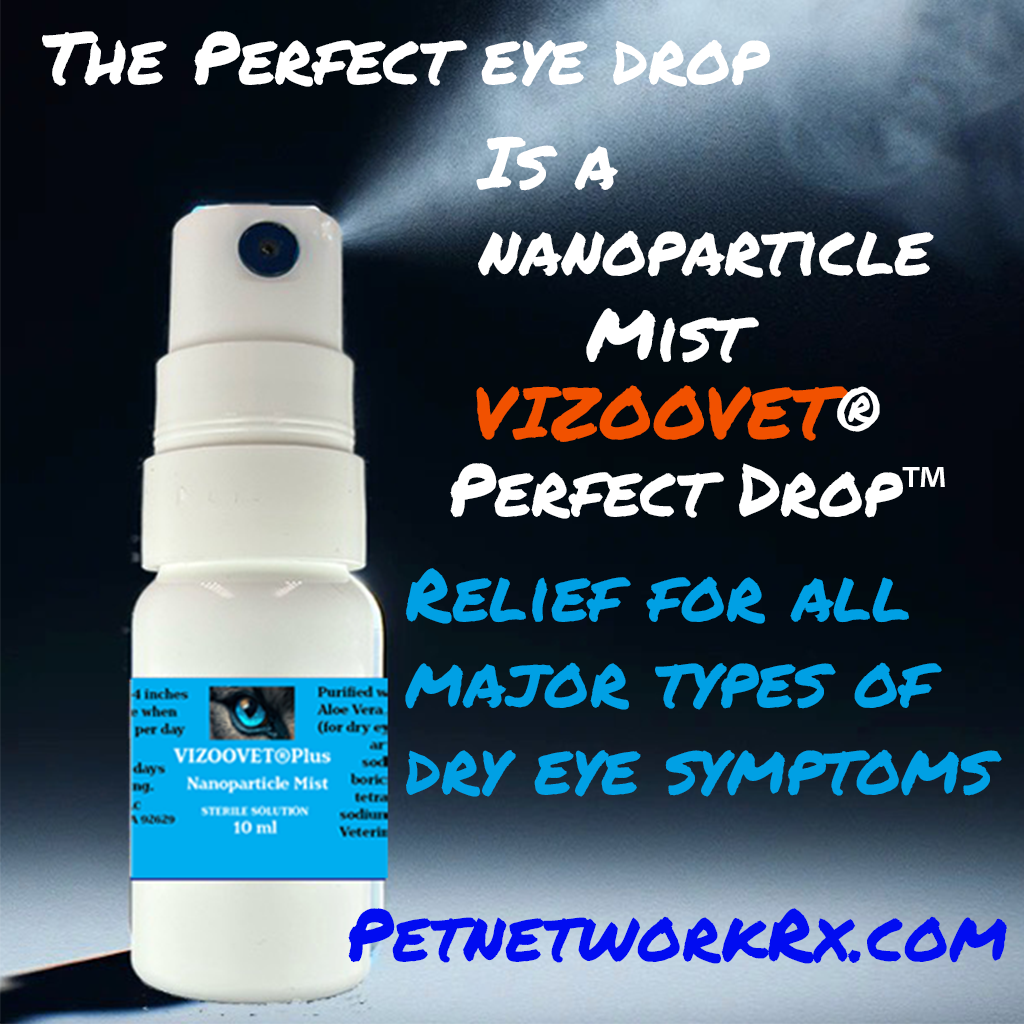
VIZOOVET Perfect Drop Eye Mist
PERFECT DROP is an advanced AI designed product for all dry eye...
Enhance Pet eye Health - "VIZOOVET® FIXES IT"
Unparalleled Comfort - Effortless Administration -Transformative Experience VIZOOVET®Plus.
-
VIZOOVET® PERFECT DROP
Vendor:PetnetworkRegular price $26.99 USDRegular priceUnit price / per -
VIZOOVET PLUS Precision Eye Drops for Pets
Vendor:Petnetwork5.0 / 5.0
(2) 2 total reviews
Regular price $28.00 USDRegular priceUnit price / per -
Vizoovet Plus Nanoparticle Mist 10 ml
Vendor:PetnetworkRegular price $24.99 USDRegular priceUnit price / per -
VIZOOVET PROTECT™ Eye Drops with Hyaluron (HA) 10ml Standard bottles
Vendor:PetNetworkRegular price $24.00 USDRegular priceUnit price / per -
Vizoovet® Plus EQ
Vendor:PetnetworkRegular price $35.00 USDRegular priceUnit price / per -
VIZOOVET PERFECT DROP Eye Mist 20ml - All Major Dry Eye Symptoms
Vendor:PetnetworkRegular price $35.00 USDRegular priceUnit price / per -
Buy 5 Vizoovet® Plus Precision Lubricant Drops With Hyaluron. Get 1 Free (6 Total)
Vendor:PetNetworkRegular price $139.95 USDRegular priceUnit price / per -
VIZOOVET PLUS Nanoparticle Mist-Buy 5 get 1 free (6 total)
Vendor:PetnetworkRegular price $139.95 USDRegular priceUnit price / per
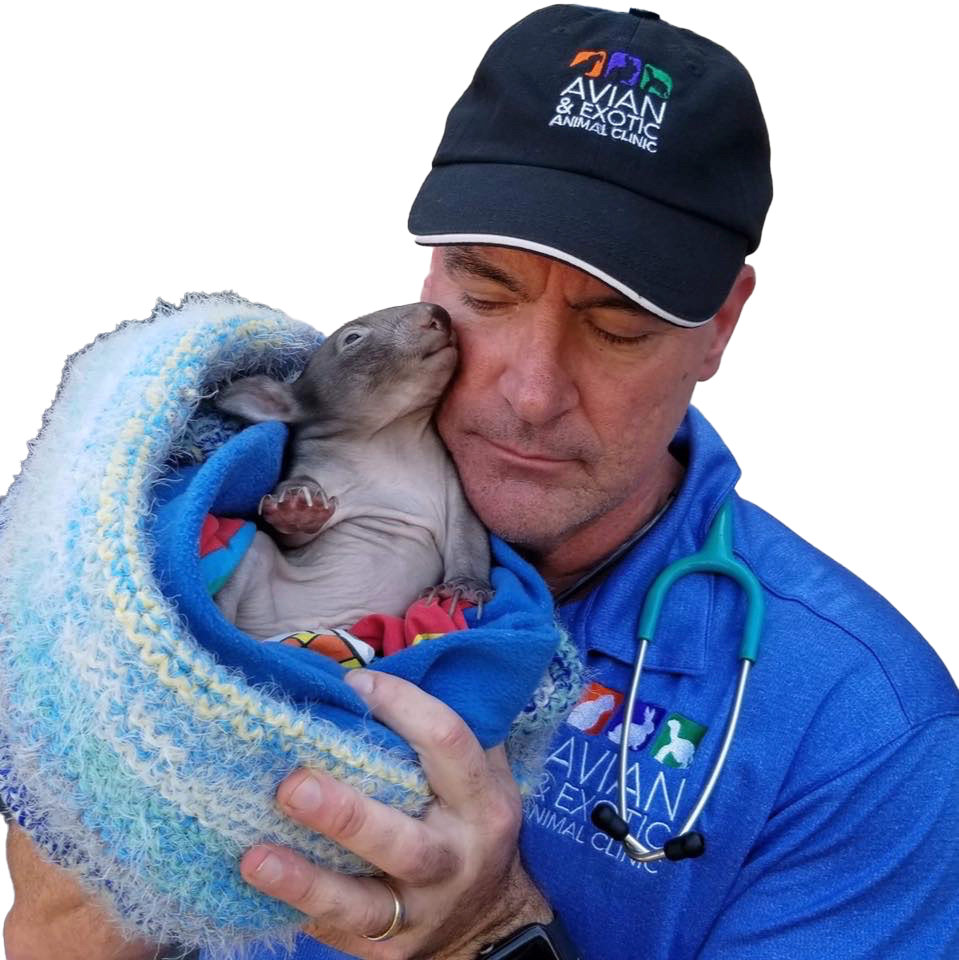
Todd
Driggers DVM
Closed his practice in Mesa Arizona and took his staff to treat the victims of the Australian fires
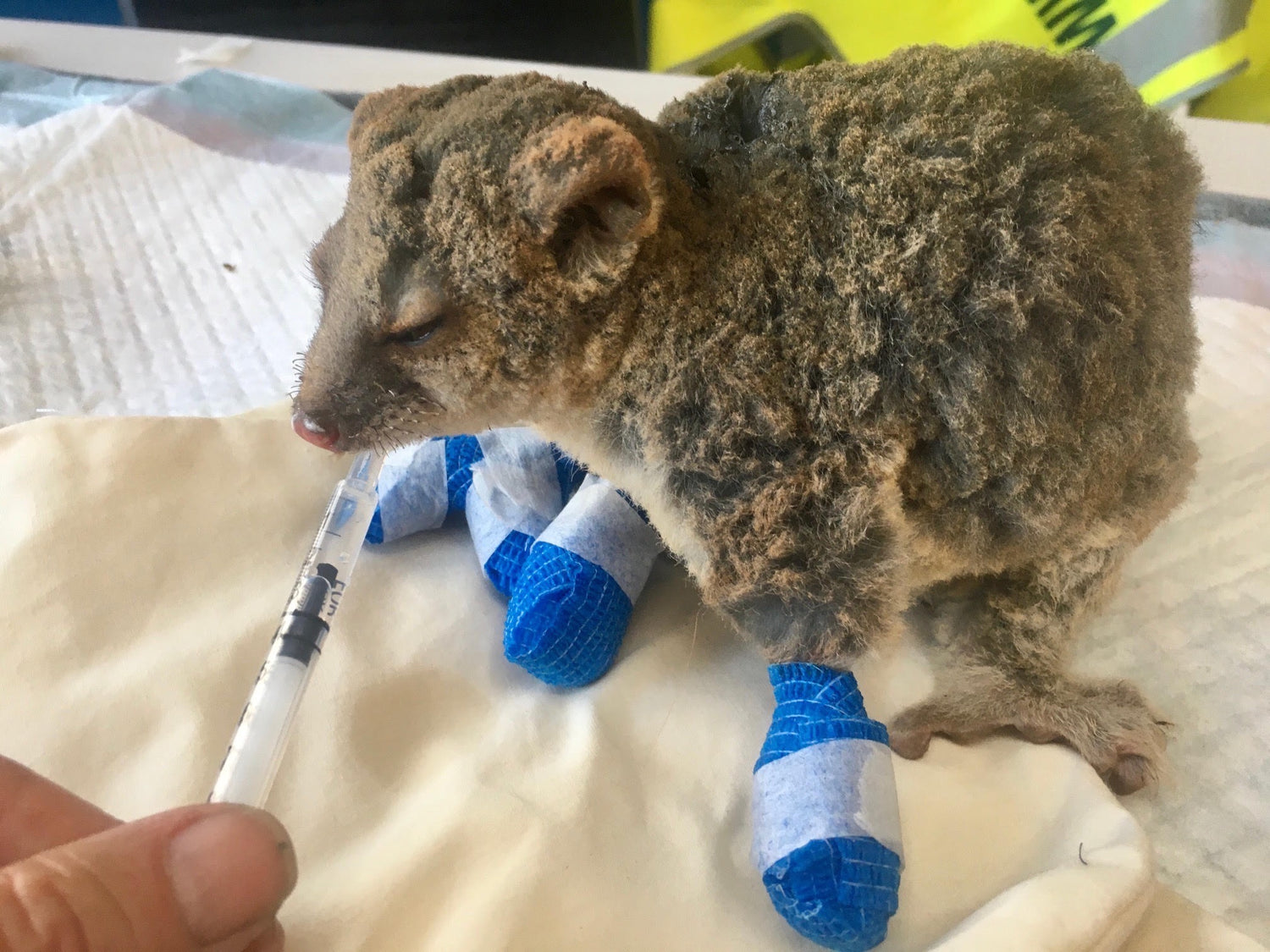
Results
Safe!
One of the animals Dr. Driggers saved!https://petnetworkrx.com/products/vizoovet-protect%E2%84%A2-eye-drops-with-hyaluron-ha-10ml-standard-bottles
These products are not intended for use in the diagnosis, cure, mitigation, treatment, or prevention of disease, and/or intended to affect the structure or any function of the body. Quotes will be seen from boarded specialists on studies they have completed or from their personal use and expertise.

